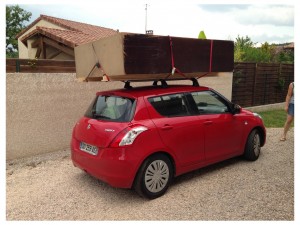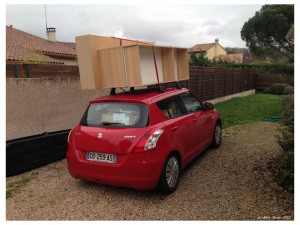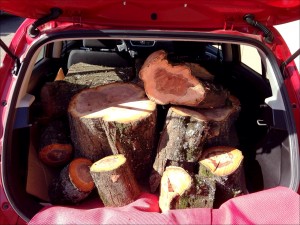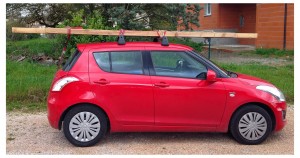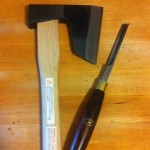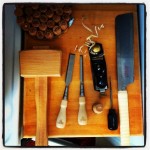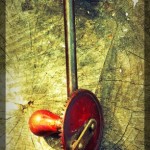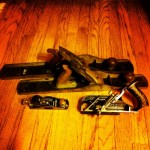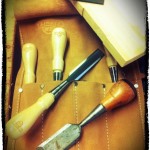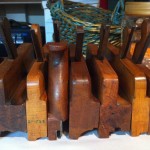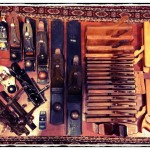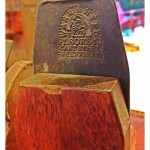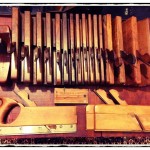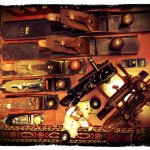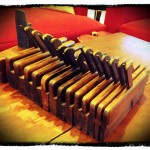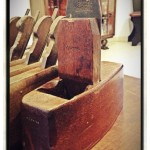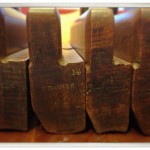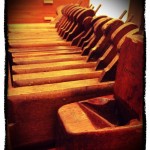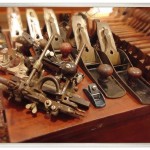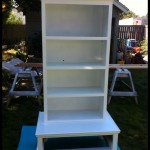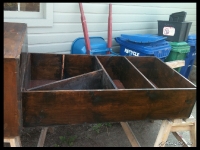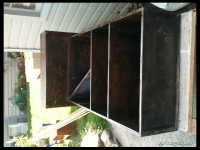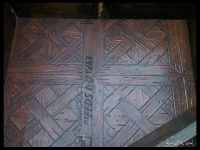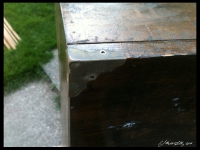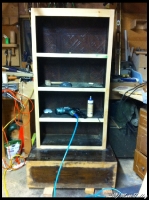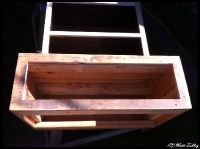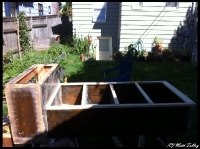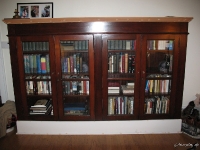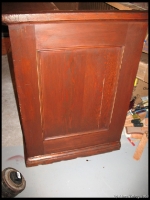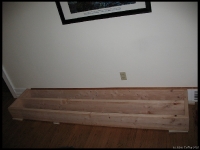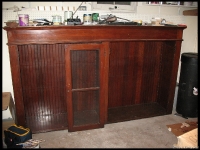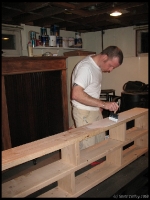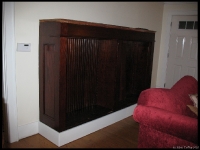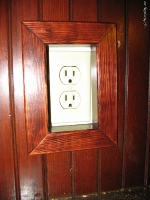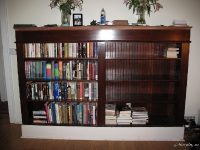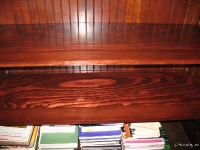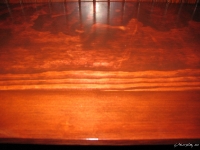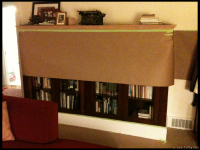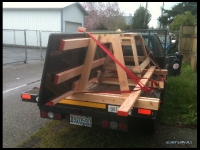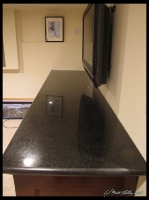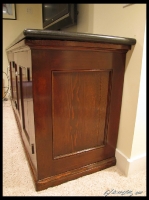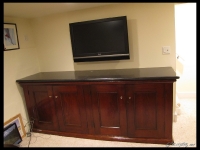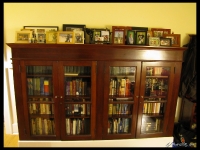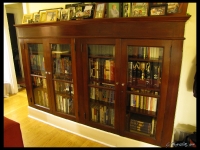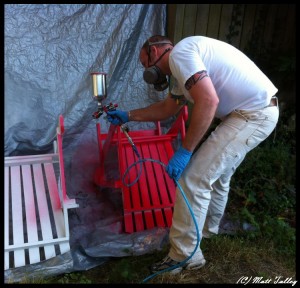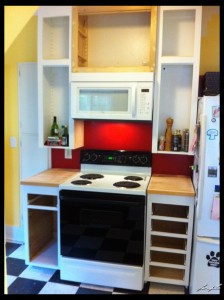When we left Seattle for Southern France, I sold my truck and it felt like I lost a hand. I toyed with the idea of bringing mine over, but it would have been impossible to park and the money that I would have had to spend for gas would have been astronomical. My very first vehicle was a truck and I have never not had a truck to drive. There have been other vehicles, but I have always had a pick-up.
I didn’t really plan to do much heavy hauling during our time in Toulouse, so we got a 5-door diesel Suzuki Swift and I added a roof rack – just in case I needed to road trip with a bike or grab the odd 2X4 at the lumber yard… Reality is often brighter and more interesting than the initial plan. We have abused our little Suzuki. I have treated it like a farm hauler and overloaded it again and again. The rack has a 100 pound weight limit, yeah about that… In my own experience, 250 pounds has ridden just fine. I still miss my truck, but we are making due.
All the things I have hauled in or on the car that have been questionable:
400 pound wood lathe
The cut rounds from 4 trees (to date)
A 200 pound 7′ X 6′ x 2′ Wardrobe
3 large work benches
9 bookshelves
~1500 books in boxes
10+ sheets of plywood
Enough lumber to build a garden shed
2 beds
9 rolled carpets
A buffet hutch
A garden table, 2 side tables, 8 chairs, and a umbrella
250 pounds of gravel for lathe ballast
A huge antique armoire
300 pounds of wet lumber
A Canoe that was wider than the roof
5 people and all their crap
